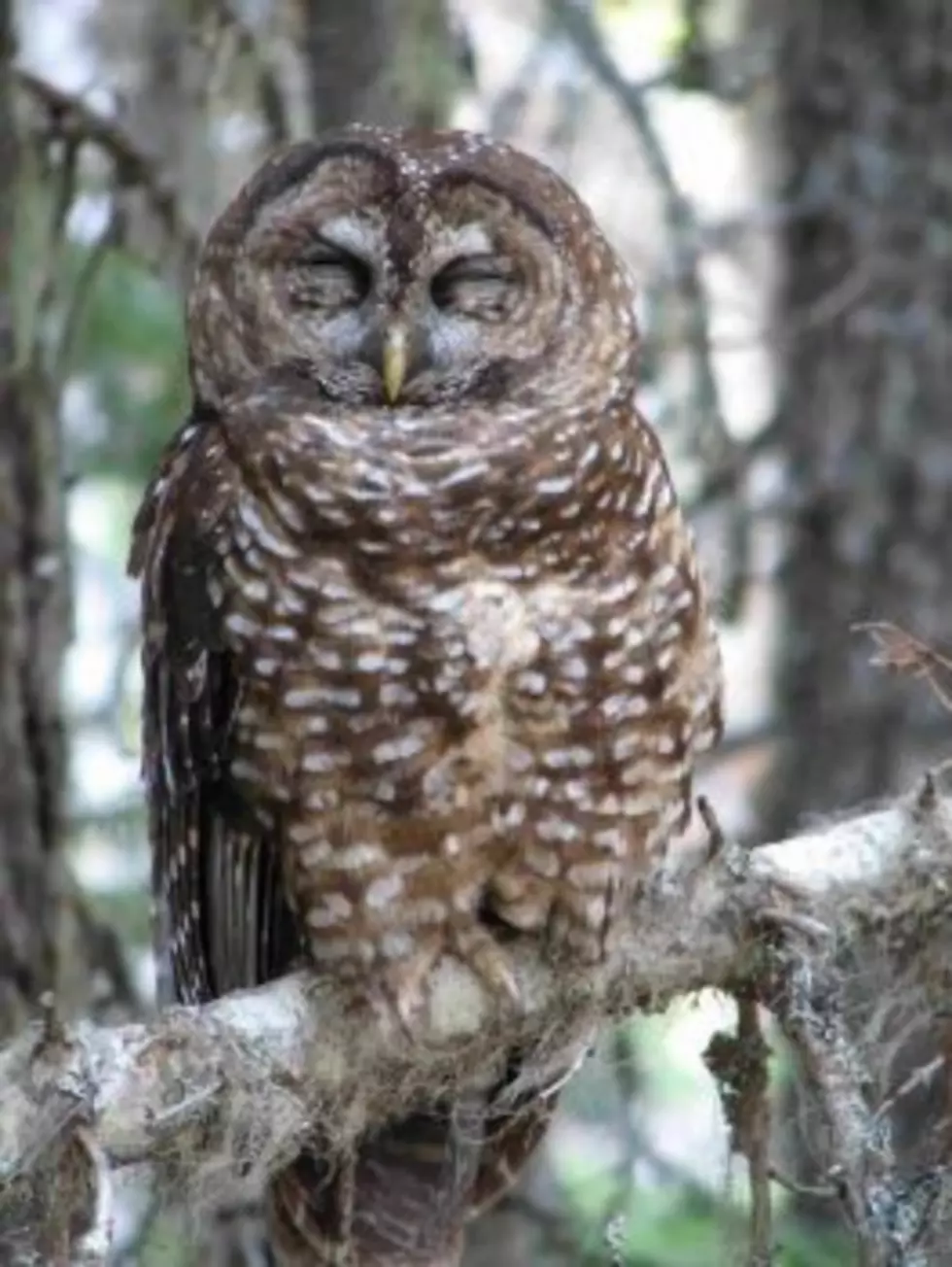
New White House eyes reversal of Trump’s gutting of spotted owl protections
(CN) — The Biden administration announced Friday it will delay the implementation of a rule that would dramatically cut the critical habitat of the northern spotted owl, the first step in the potential reversal of one of the final environmental rollbacks of the Trump administration.
One week before Inauguration Day, the U.S. Fish and Wildlife published a rule that eliminated about 3.5 million acres of land, mostly in Oregon, from federal protections. The reduction was massive, much larger than the approximately 280,000 acres the agency had proposed to withdraw in August 2020.
Now under the aegis of the Biden administration, Fish and Wildlife noted on Friday that the considerable difference between the proposed and final rule and the lack of public input on the matter was sufficient to pause the implementation of the rule.
“We are considering whether the public had appropriate notice in the proposed rule such that the determinations made in the final rule were a ‘logical outgrowth’ of the proposed rule,” the agency said in an unpublished rule. “We note that several members of Congress expressed concerns regarding the additional exclusions, among other concerns, which they identified in a Feb. 2, 2021, letter to the Inspector General of the Department of the Interior seeking review of the rule.”
Environmental groups celebrated the announcement, saying the northern spotted owl needs protections for its population to rebound.
“The northern spotted owl stands on the brink of extinction, so this is really encouraging news,” said Ryan Shannon, attorney at the Center for Biological Diversity. “We’re thrilled to see the Biden administration begin to undo Trump officials’ last-minute, ill-conceived and unsupported rollback of critical habitat protections for the species.”
Advocates for the timber industry say the Endangered Species Act protections granted to the northern spotted owl are preventing the kind of active forest management practices that lead to healthier forests and more robust bird populations.
The American Forest Resource Council said the Trump administration’s removal of protections would have allowed for management practices that could reduce forest fires that harm owl populations.
“We continue to believe the 2021 rule aligns critical habitat with federal law and modern forest science, especially at a time when unprecedented and severe wildfires threaten both owls and people from Northern California to Washington state,” said Nick Smith with the resource council.
The critical habitat designation for the spotted owl has served as the flashpoint for one of the more embittered debates around the conflicts between industry and wildlife habitat.
Efforts to protect the northern spotted owl under the Endangered Species Act precipitated the Timber Wars of the 1990s, as the logging industry that once flourished in the forests of California, Oregon and Washington state steadily declined while hemorrhaging jobs.
Many in the timber industry blamed the conservation efforts around the northern spotted owl, which requires old-growth forests to hunt and breed as it builds nests in the holes or on platforms of decaying trees.
But some studies indicate the job loss in the timber industry was more a product of automation and that the northern spotted owl has been unfairly scapegoated. Nevertheless, industry advocates now fight hard against critical habitat designations in other parts of the country, as the battle over the status of the greater sage grouse attests.
The northern spotted owl’s status under the Endangered Species Act was changed from threatened to endangered this year, reflecting the population numbers that continue to diminish. Current estimates indicate about 1,000 breeding pairs left in Oregon, and about 500 pairs each in Washington state and California — an approximately 90% decline from its historic levels.
Some biologists believe the sharp decline mirrors the decline in old-growth forests in the Pacific Northwest, also estimated at approximately 90%. But others believe the northern spotted owl is declining because it is being outcompeted by the barred owl, which has infiltrated its natural habitat.
The barred owl is native to the eastern United States but has since expanded its range. It competes for the same diet of small mammals, other birds and other animals, but does not rely as heavily on the features of old-growth forests for its survival.
A 2016 study found the removal of barred owls from a certain part of the forest led to an increase in the population of northern spotted owls. The findings led some conservationists to argue that shooting and killing barred owls would be the best way to preserve the northern spotted owl population, while others argue human intervention is futile and it’s best to let nature take its course.
